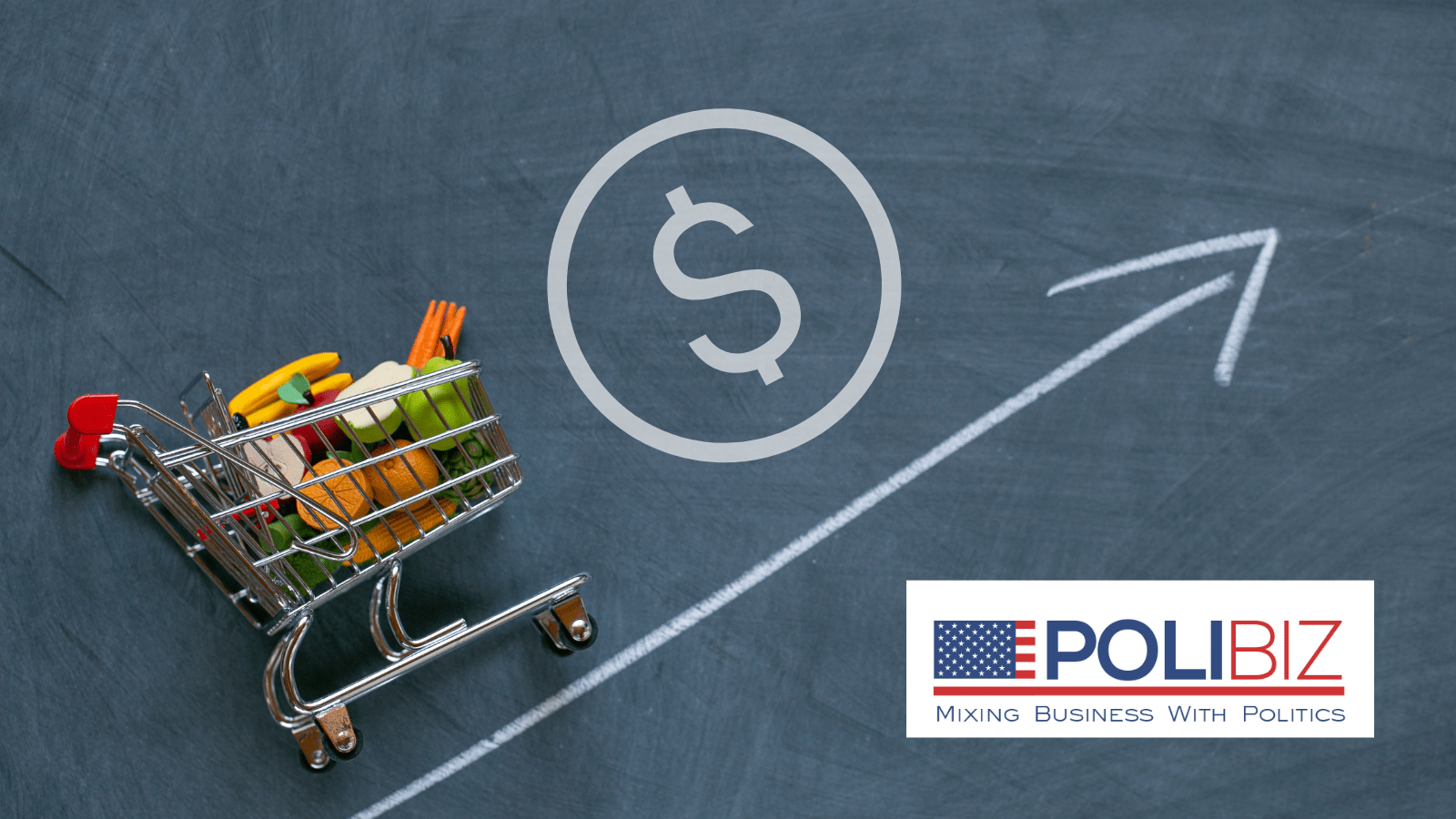
August was not as politically volatile as July, yet plenty of changes happened that will help us better understand the outcome of the Presidential race in November. Vice President Harris entered her first full month as the Democratic nominee, and she has chosen her running mate. Former President Trump has also had a month to adjust his campaign and policies to his new opponent. Both candidates and their respective running mates have hit the campaign trail and dropped some very interesting new information about their economic plans for the next few years. How will these potential changes affect businesses and consumers over the next term?
Vice President Harris has taken full charge of the Democratic ticket and has received full backing from the party after President Biden dropped out of the race. Her campaign has had a late start, yet she has not wasted time in getting up to full speed. She has selected Minnesota Governor Tim Walz as her running mate.
VP Harris has been touting her economic policy to crack down on price gouging if she becomes President. According to her campaign, she will penalize opportunistic companies that exploit crises and break the rules. So far, she has not outlined her plan further and there is some undefined language in her policy. There is no clear indication of what price gouging is and this could create a headache for companies in any consumer facing industry. Prices naturally increase over time, yet it is unclear how much of a rise the Harris administration would consider to be gouging.
We do have some historical context for a government mandated price change. In 1971 President Nixon issued a 90-day freeze on price and wage increases to combat inflation. Historically, his plan is not considered a success, and it stifled the economy and businesses’ ability to operate. VP Harris’s plan would be longer lasting than 90 days and she would not freeze wages as she has campaigned on increasing employee minimum wages. Until we know what the Harris campaign considers as price gouging and how they plan to go about enforcing it, it will be hard to determine the long-term effects of the plan.
On the other side of the aisle, former President Trump’s most eye-catching economic policy has been his proposed increase on tariffs. His policy would see a 10 percent tariff imposed on all foreign goods imported into the U.S. and that number could go as high as 20 percent for select goods. He has also proposed levies of more than 60 percent on China. The general view of economists is that such high tariffs would raise prices for American consumers as companies would likely pass on that additional cost. Former President Trump’s purpose behind this plan is protect American companies and increase the visibility and viability of American goods. He has not addressed how these tariffs will benefit consumers from an end-price perspective or how he will keep costs from being passed onto consumers.
At the DNC, VP Harris attacked her opponent’s tariff policy by calling it a “Trump tax” that would raise prices on middle-class families by almost $4,000 a year. She followed that up by touting her own tax cuts that would benefit more than 100 million middle-class Americans. Former President Trump has not yet responded to the attack on one of his most signature policies. Despite VP Harris’ protests of her opponent’s plans, she appears to support the type of tariffs that former President Trump and President Biden implemented in their terms. A spokesperson for her campaign said that she would employ targeted tariffs that support American workers and strengthen the economy. VP Harris has not spoken on the matter herself and has yet to elaborate her tariff policy.
For American consumers, there is a tough choice waiting in November. Based on the information we currently have, both Presidential candidates could enact economic policies that raise their bill the next time they visit their favorite store. For businesses, there are many unknowns with both economic approaches. Without more clarity, either of these could cost companies millions and force them to pass on higher prices to the end consumer, which in turn could drive down traffic and make business untenable. We still have two months to go before the election and possibly a couple of debates to iron out these policy questions. Things are moving quickly and both VP Harris and former President Trump have painted very different economic futures.

March 6, 2025
President Trump has made his first address to a joint session of congress. Traditionally this would have been a Statehttps://www.chainstoreguide.com.
February 27, 2025
Diversity, Equity, and Inclusion has been a big push for companies over the past decade. It has altered hiring practiceshttps://www.chainstoreguide.com.
February 20, 2025
We are one month into a new Presidency, and we now have a clearer picture of what Trump wants tohttps://www.chainstoreguide.com.